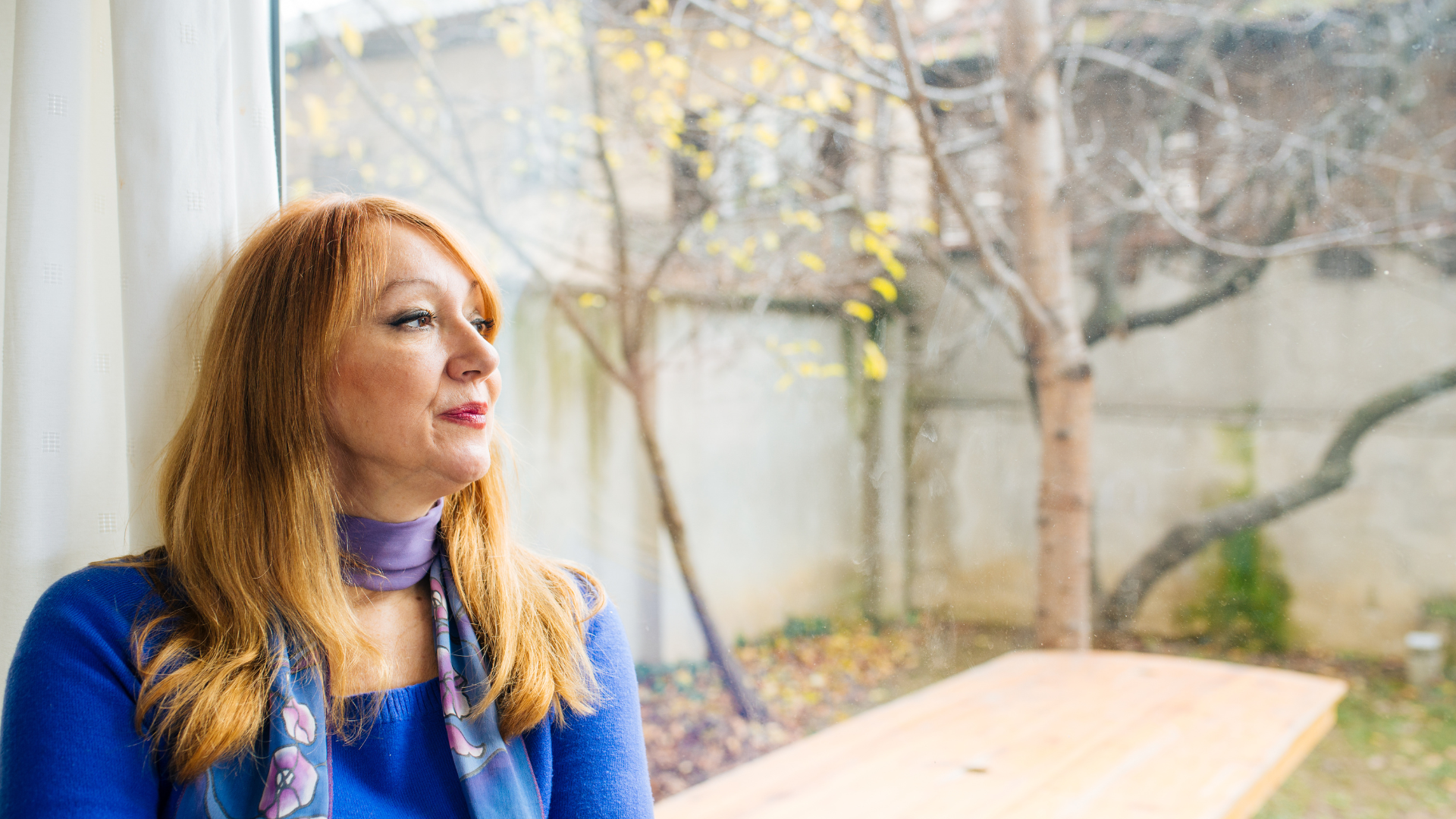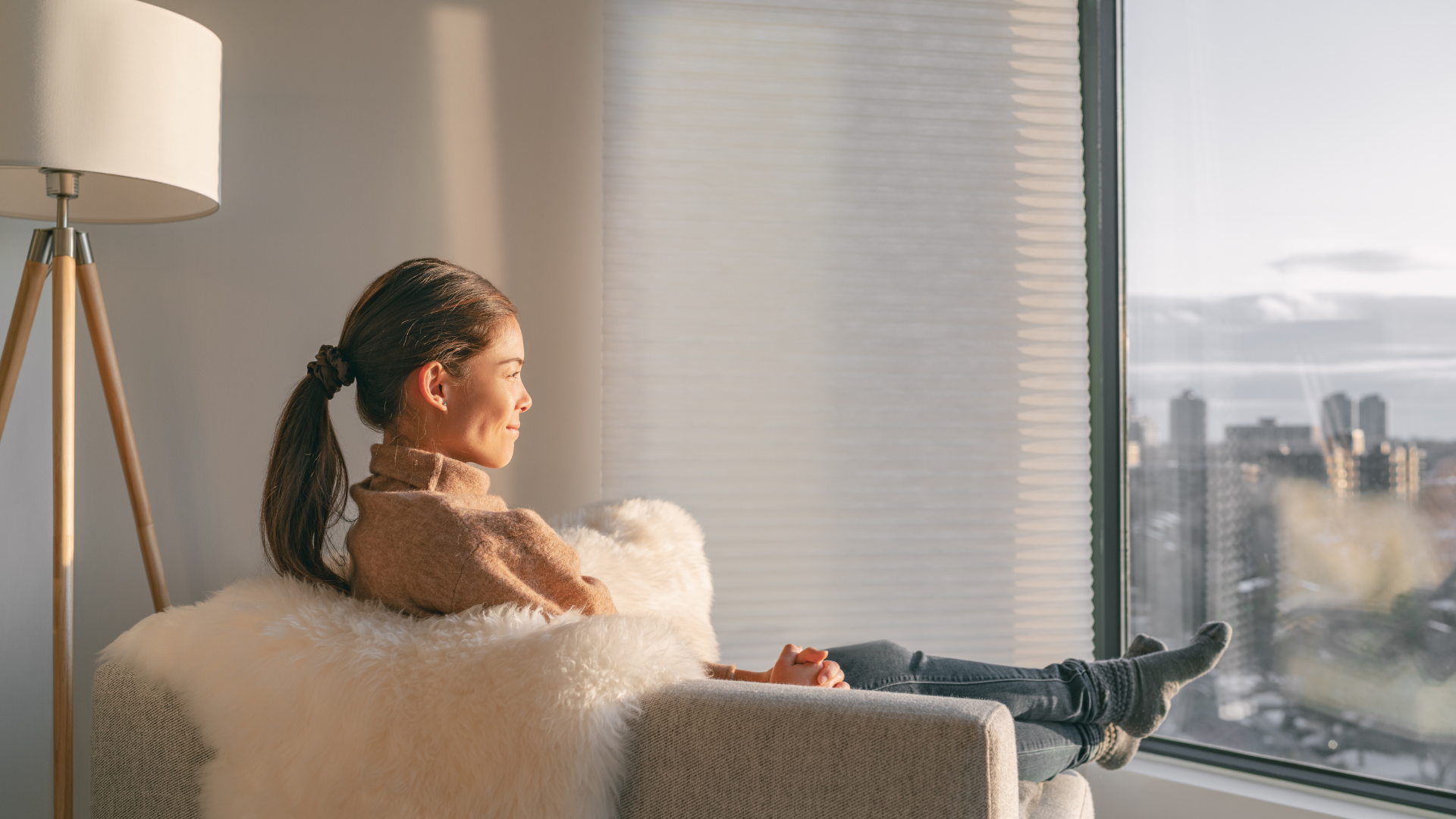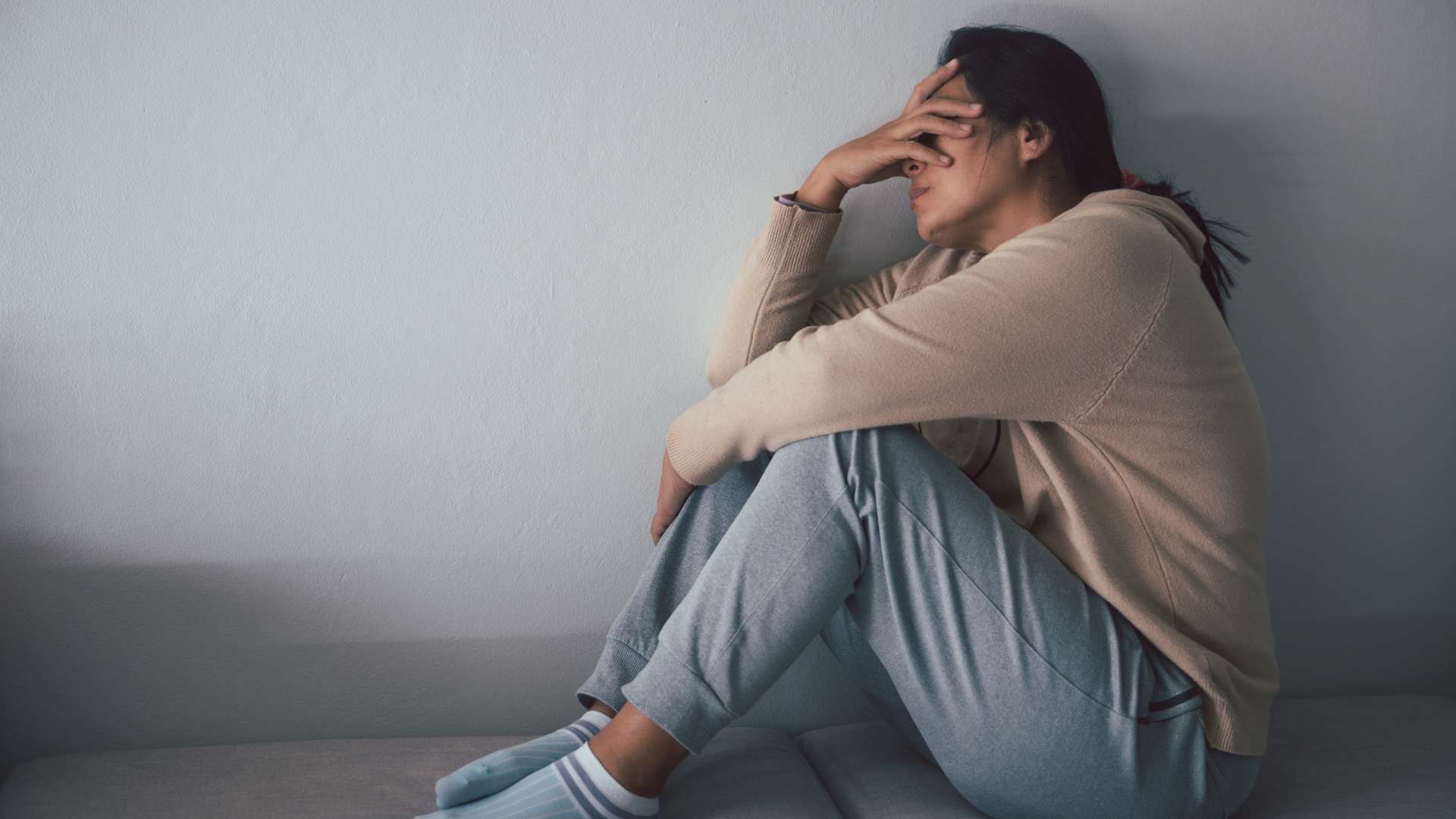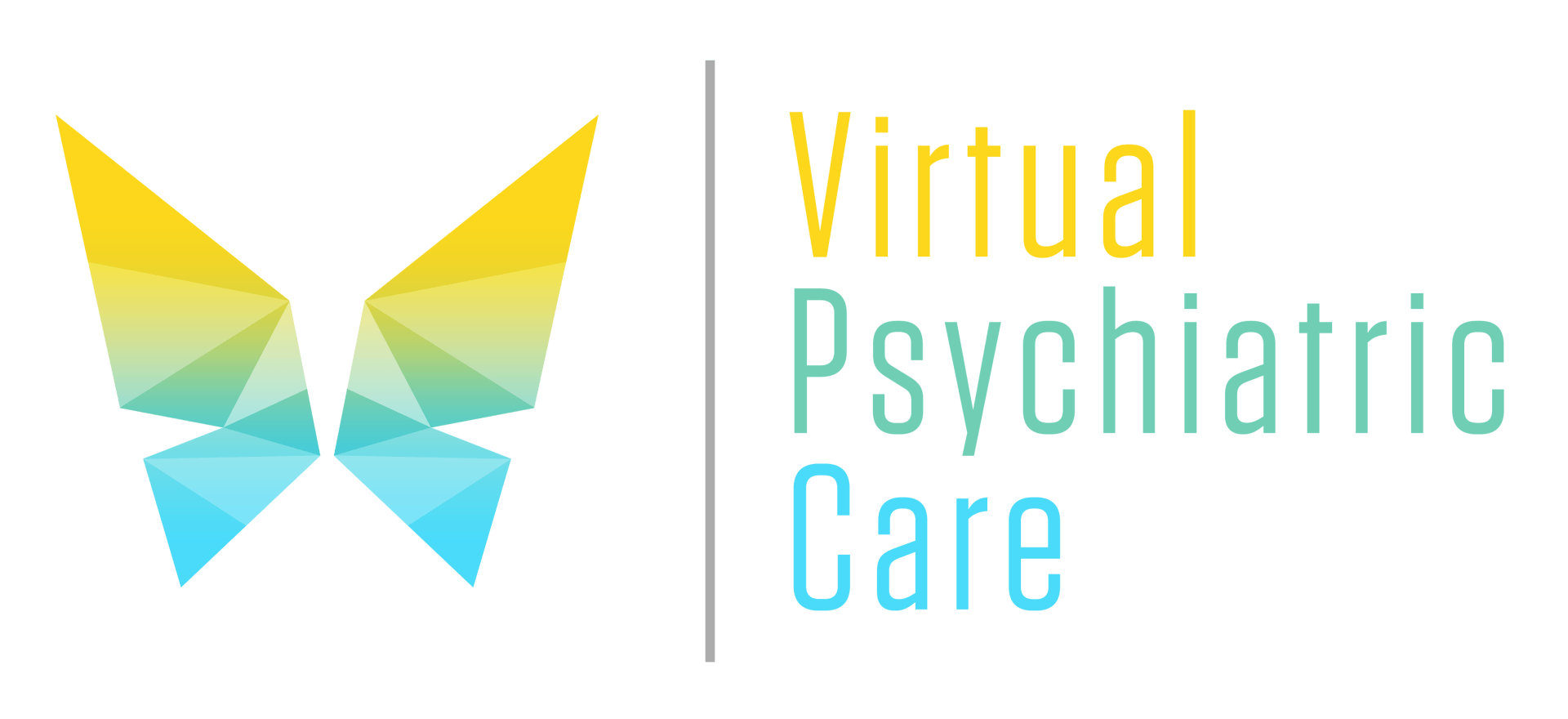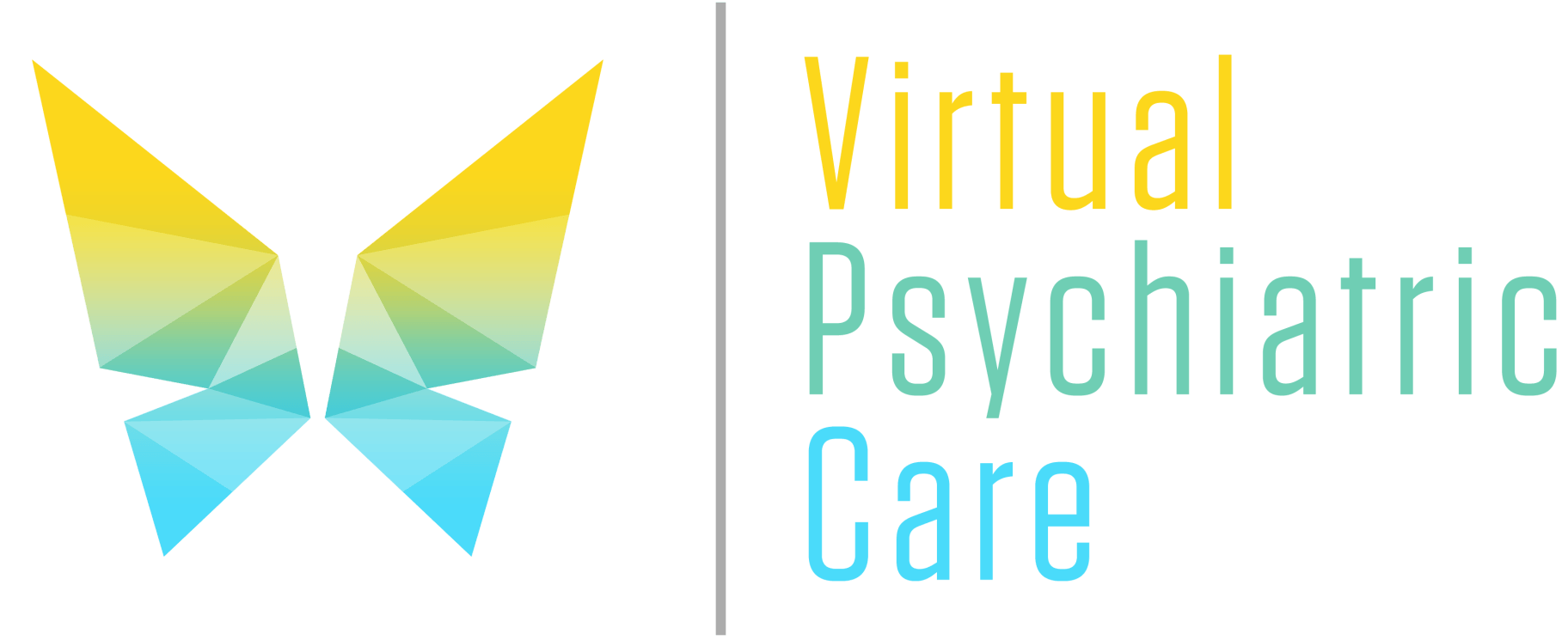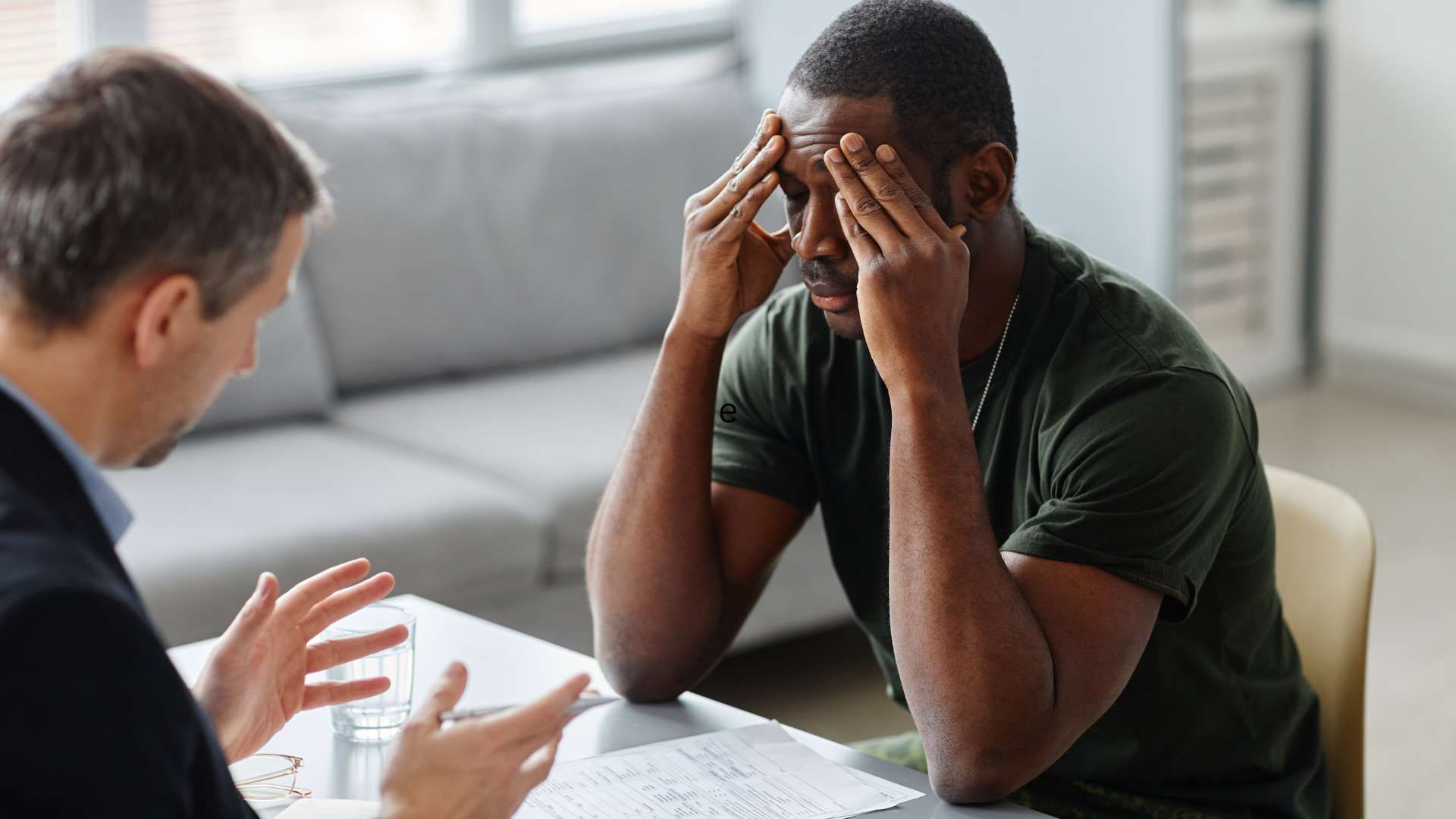Seasonal Affective Disorder
Seasonal Affective Disorder
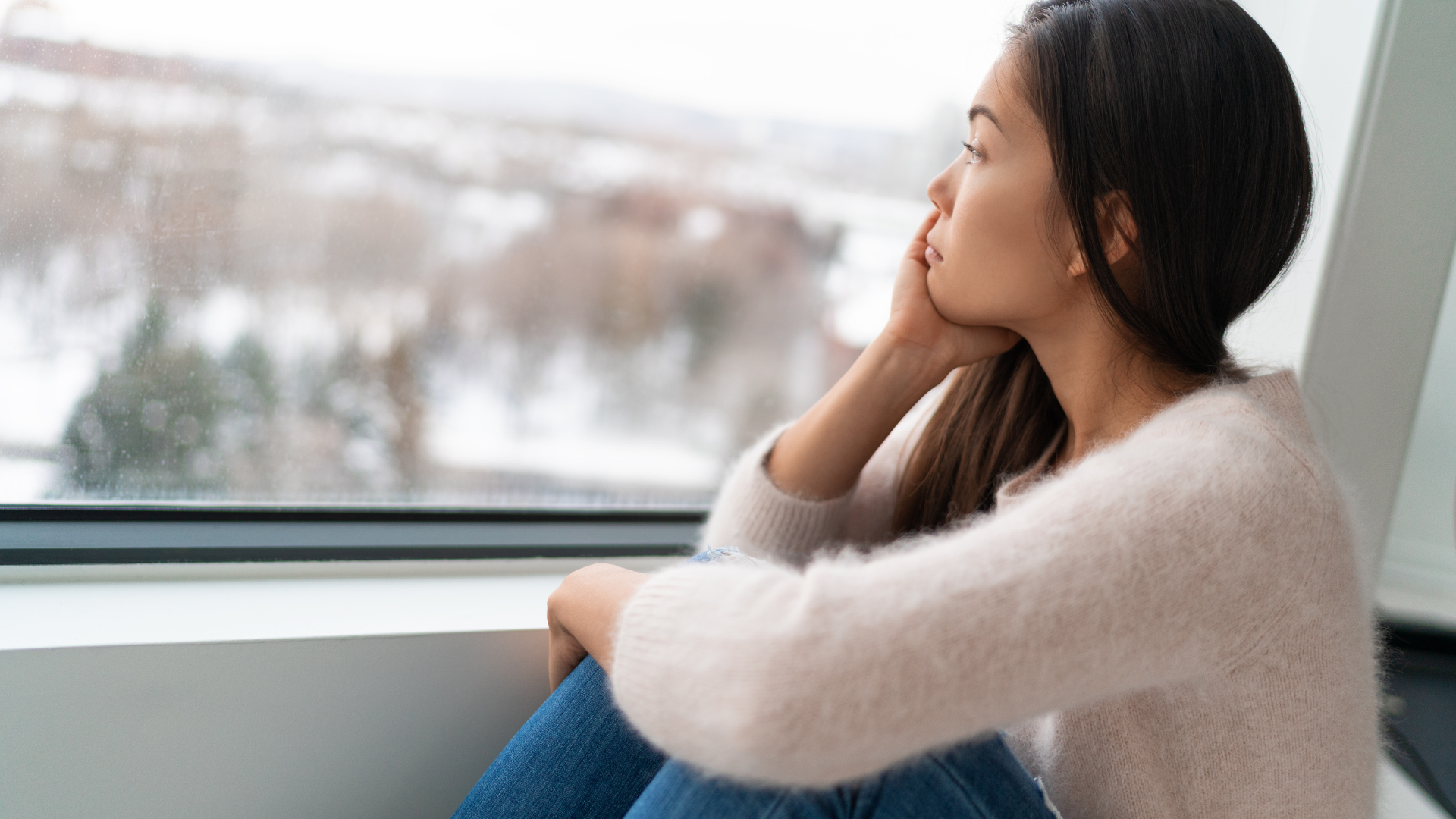
Many of us feel the blues when the seasons start to change. Winter brings about colder temperatures, shorter days, and an overall feeling of gloom. However, for some people these feelings can be more extreme and lead to Seasonal Affective Disorder (SAD). SAD is a type of depression that occurs during certain times of the year – usually in winter or fall. It is caused by a disruption in our body’s natural circadian rhythm; specifically, changes in the amount of sunlight we receive. In this article, we’ll dive into what SAD is, its symptoms and how you can cope with it.
SAD can range from mild to severe and is characterized by feelings of depression, low energy, anxiety, and irritability. It can interfere with daily activities such as work and school, as well as affect relationships with family and friends. Additionally, people who suffer from SAD often experience difficulty sleeping or oversleeping.
What Is It?
Seasonal Affective Disorder (SAD) is a type of depression that occurs during the fall and winter months. SAD is thought to be caused by the reduced amount of sunlight during these months. Symptoms of SAD include sadness, fatigue, difficulty concentrating, and changes in appetite and sleep patterns. SAD can be treated with light therapy, medication, and psychotherapy.
Seasonal Affective Disorder (SAD) is a type of depression that occurs during the fall and winter months. The reduced amount of sunlight during these months is thought to be responsible for SAD's onset. Symptoms of SAD include sadness, fatigue, difficulty concentrating, and changes in appetite and sleep patterns. Treatment can include light therapy, medication, and psychotherapy.
Difference from MDD
There are a few key ways in which seasonal affective disorder (SAD) differs from major depressive disorder (MDD). First, SAD is much more likely to occur in the fall and winter months, while MDD can occur at any time of year. Additionally, people with SAD may feel better during the spring and summer months, while those with MDD generally do not experience any such relief. Finally, SAD is often triggered by changes in light exposure, whereas MDD is not.
Treatments
There are many different ways to treat seasonal affective disorder, and the best treatment depends on the individual. Some common treatments include light therapy, medication, and psychotherapy.
Light therapy is one of the most popular treatments for seasonal affective disorder. It involves sitting in front of a special light box for a set period of time each day. The light from the box mimics natural sunlight and can help to improve mood and energy levels.
Medication can also be effective in treating seasonal affective disorder. Antidepressants are often prescribed to help balance out neurotransmitter levels in the brain. There are also some specific medications that have been approved by the FDA for treatment of seasonal affective disorder, such as bupropion and vortioxetine.
Psychotherapy can be helpful in treating seasonal affective disorder by teaching coping and problem-solving skills. Cognitive behavioral therapy is often used to help people change negative thought patterns that may contribute to feelings of depression during certain times of the year.
Medications and Non Medications
There are many different types of medications and non-medications that can be used to treat seasonal affective disorder (SAD). Some people may only need to take medication during the fall and winter months when they are most likely to experience symptoms. Others may need to take medication all year round.
The most common type of medication used to treat SAD is antidepressant medication. Antidepressants can help to improve mood, increase energy levels, and reduce the number of SAD symptoms. Antidepressants are generally safe and effective, but they can cause side effects in some people. If you are considering taking antidepressant medication for SAD, it is important to talk to your doctor about the potential risks and benefits.
Non-medication treatments for SAD can also be effective. Light therapy is one of the most popular non-medication treatments for SAD. Light therapy involves sitting in front of a special light box for a set period of time each day. The light from the box mimics natural sunlight and can help to improve mood and reduce SAD symptoms. Exercise is another effective non-medication treatment for SAD. Exercise can help to improve mood, increase energy levels, and reduce stress and anxiety.
Light Therapy
Light therapy is a treatment for seasonal affective disorder (SAD) that involves exposure to artificial light. The light is usually from a special lamp that emits bright white light.
Light therapy is thought to work by resetting the body’s internal clock and improving the balance of chemicals in the brain. It is most commonly used during the fall and winter months, when there is less natural sunlight.
Light therapy can be done in a doctor’s office, but it can also be done at home with a special light box or lamp. Most people who do light therapy at home use it for 30 minutes to 1 hour per day.
There are some side effects of light therapy, including eye strain, headaches, and nausea. These side effects are usually mild and go away after a few days of treatment.
Overview
Seasonal Affective Disorder, or SAD, is a type of depression that occurs during the fall and winter months. SAD is thought to be caused by the shorter days and less sunlight during these months. Symptoms of SAD include fatigue, sadness, social withdrawal, and cravings for sweet and starchy foods.
While SAD can be a debilitating condition, there are treatments available that can help. Light therapy, antidepressant medication, and psychotherapy have all been shown to be effective in treating SAD. If you think you may be suffering from SAD, talk to your doctor about treatment options.
